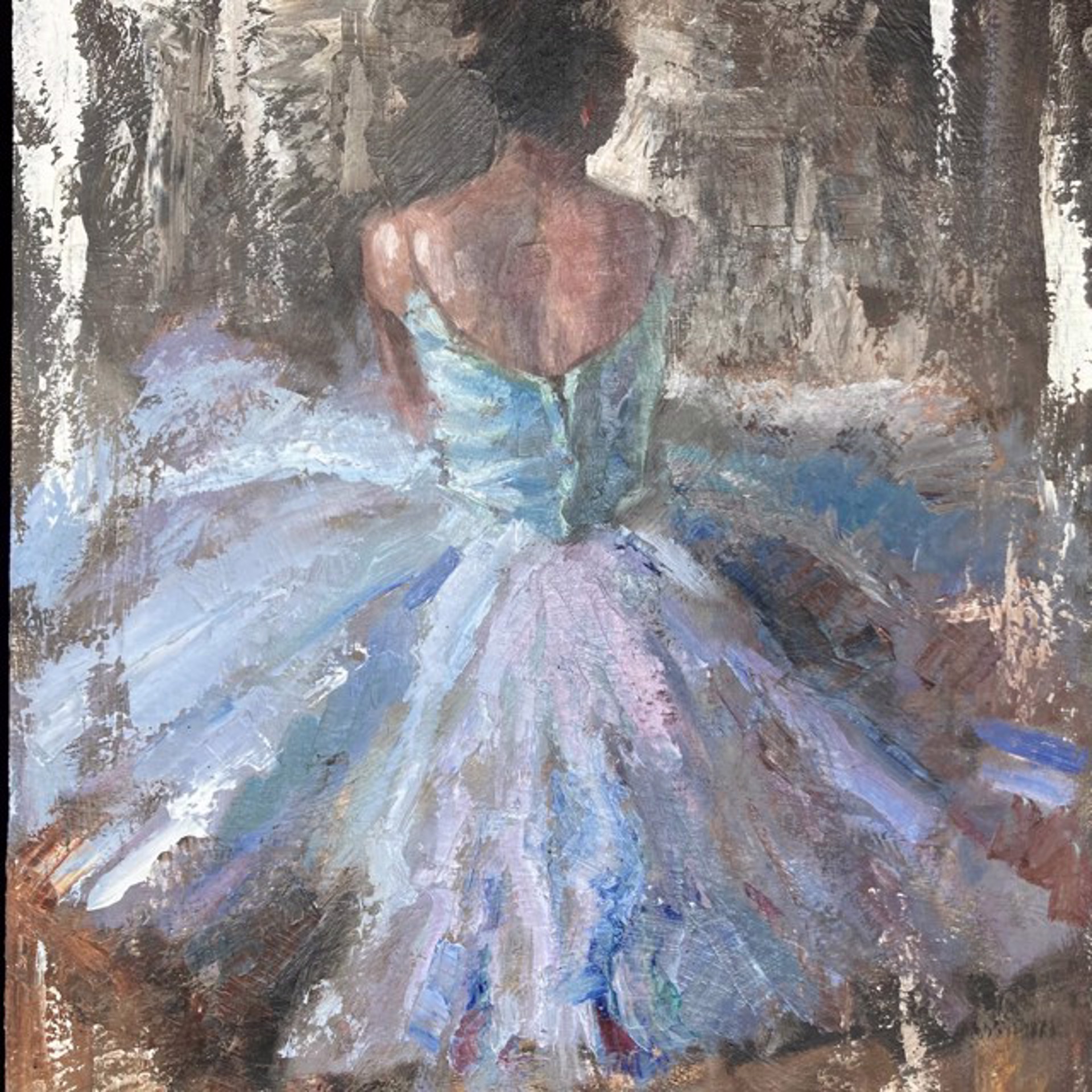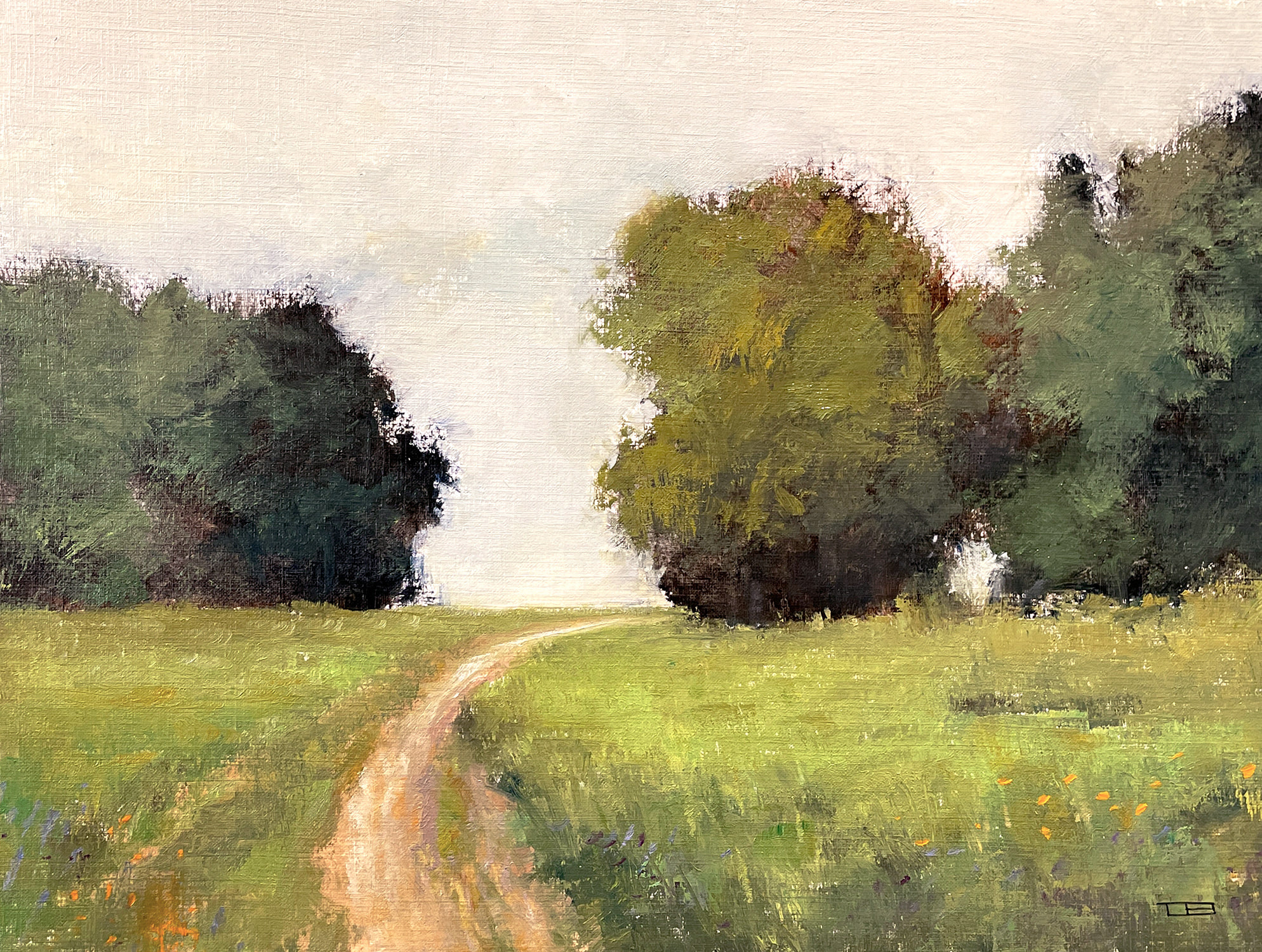Striking Landscape and Nature Oil Paintings for Sale
Striking Landscape and Nature Oil Paintings for Sale
Blog Article
Checking out All Regarding Oil Paints: A Guide to Comprehending Their Beauty and Worth
Oil paintings have astounded audiences for centuries, providing a glance into the creative proficiency of numerous eras. Their rich history is linked with innovative strategies and profound psychological expression. Comprehending the products and methods behind these art work can improve gratitude. Furthermore, the market for oil paints presents chances for financiers and collection agencies alike. As one explores this fascinating world, the question occurs: what makes an oil painting genuinely beneficial?
The Background of Oil Paint: A Journey Via Time
Although oil painting has origins that date back to ancient times, it really grew throughout the Renaissance, when musicians uncovered its convenience and abundant shade potential. Early examples can be traced to the 7th century, with methods evolving significantly throughout societies. The tool came to be prominent in Northern Europe in the 15th century, particularly through the works of artists like Jan van Eyck, that spearheaded its use for in-depth realism and vibrant shades. This duration marked a separation from tempera paints, allowing for better depth and appearance. As oil painting spread, it influenced numerous musicians, leading to masterpieces by distinguished numbers such as Leonardo da Vinci and Rembrandt. The tool's heritage proceeds, shaping the art globe well right into modern-day times.
Understanding Oil Paints: Products and Techniques
As musicians discover the world of oil paints, they encounter a diverse range of materials and strategies that specify this tool. The key components of oil paint include pigments, which provide shade, and drying oils, such as linseed, that bind the pigments and promote application. Numerous ingredients can modify the paint's appearance and drying out time, improving adaptability. Techniques like glazing, where transparent layers are developed, and impasto, which involves using thick paint, enable different aesthetic effects. Additionally, making use of brushes, palette knives, and even fingers can create special structures and coatings. Recognizing these strategies and materials enables musicians to totally share their creativity and achieve the preferred influence in their artwork.
The Function of Shade in Oil Paints
Shade plays an essential role in oil paints, influencing both visual allure and psychological vibration. Understanding shade theory basics, consisting of the partnerships between shades, can boost a musician's capability to communicate mood and environment. Furthermore, grasping shade blending techniques allows for higher depth and richness in a painting's palette.

Color Theory Essential
Understanding shade theory is vital for musicians functioning with oil paints, as it forms the foundation for creating unified and aesthetically interesting structures. Color theory includes the study of how colors interact, the color wheel, and the relationships between primary, additional, and tertiary shades. Musicians make use of complementary shades to enhance contrasts and develop centerpieces, while analogous colors advertise unity and cohesiveness within a piece. Additionally, the principles of warm and amazing colors influence the assumption of depth and area in a paint. Realizing these principles allows musicians to control shade properly, assisting the audience's eye and communicating their designated message. Proficiency of color concept inevitably enriches an artist's ability to communicate feelings and concepts with their job.
Emotional Effect of Shade
The psychological impact of shade in oil paintings plays an important function in exactly how audiences link and regard with artwork. Colors stimulate particular feelings and state of minds, affecting the visitor's emotion. Cozy shades like oranges and reds can create a feeling of warmth and energy, while trendy tones such as blues and environment-friendlies often stimulate peace or self-contemplation. Artists purposefully choose color schemes to improve narrative aspects, leading the target market's emotional journey. The saturation and contrast of shades better enhance these impacts, drawing interest and developing emphasis. Eventually, the interaction of shades in oil paintings not only enhances their visual appeal however also serves as an effective medium for emotional expression, enriching the audience's experience and interpretation.
Color Mixing Techniques
While several aspects of oil painting add to the overall structure, understanding shade blending methods is vital for attaining preferred impacts and depth. Shade blending can be approached via numerous approaches, including the additive and subtractive processes. Additive blending entails incorporating shades of light, while subtractive mixing depends on pigments, where shades mix to produce new tones. Artists often make use of a restricted palette to develop harmonious jobs, comprehending the partnerships between primary, additional, and tertiary shades. Strategies such as glazing and scumbling additionally enhance depth and luminance. By masterfully blending colors, a musician can evoke feelings, create centerpieces, and attain a sense of realism, ultimately boosting the paint's psychological and visual influence.
Famous Oil Painters and Their Iconic Functions

Well known for their proficiency of shade and technique, oil painters have developed some of one of the most celebrated art work in history. Renowned artists like Vincent van Gogh astounded target markets with his stirring brushwork in "Starry Night," while Claude Monet's "Perception, Dawn" prepared for Impressionism. Leonardo da Vinci's "Mona Lisa" remains a long-lasting sign of imaginative brilliant, showcasing his ability in catching human expression. Rembrandt's "The Night Watch" highlights his ingenious use of light and darkness. Various other remarkable numbers include Pablo Picasso, that transformed modern art with his bold testing in works like "Les Demoiselles d'Avignon," and Georgia O'Keeffe, whose vivid representations of landscapes and flowers aided specify American modernism. Each musician's distinct style added significantly to the oil paint landscape.
Just how to Examine the Top Quality of an Oil Painting
Evaluating the quality of an oil paint includes a cautious analysis of craftsmanship methods, along with an analysis of shade and make-up. Observing brushwork, layering, and the application of paint can reveal the musician's ability degree. Furthermore, the interplay of shades and the total plan of elements contribute considerably to the painting's visual worth.
Analyzing Craftsmanship Techniques
A careful analysis of workmanship strategies is important for identifying the top quality of an oil paint. Critics must initially examine the application of paint; thick, distinctive brushstrokes might recommend a knowledgeable hand, while excessively consistent applications might indicate a lack of deepness. oil paintings for sale. The layering strategy is additionally essential; the presence of lusters and varied density can boost luminance and intricacy. Additionally, the high quality of the products utilized, such as the canvas and pigments, plays a substantial role in longevity and total aesthetic. Attention to detail in aspects like edges and shifts between colors reflects the musician's commitment to their craft. Inevitably, these methods add to the paint's psychological influence and market price, working as indicators of the musician's skill and intent
Analyzing Shade and Make-up
While assessing the quality of an oil paint, one have to concentrate on the interplay of shade and structure, as these elements are essential to the artwork's total influence. Color selections can evoke emotions and develop mood; as a result, the artist's palette must be analyzed for consistency and comparison. A well-balanced make-up directs the visitor's eye and creates a here feeling of unity. Artists commonly utilize strategies like the rule of thirds or leading lines to improve aesthetic passion. Furthermore, using light and darkness can add deepness, enhancing the three-dimensionality of the painting. Eventually, a successful oil painting marries color and composition, engaging the audience and inviting a deeper recognition of the musician's vision and technique.
Taking care of and Preserving Oil Paintings
Proper treatment and conservation of oil paints is crucial for maintaining their stability and durability. To protect these artworks, it is crucial to present them far from straight sunshine, which can create fading and staining. Maintaining a secure environment with controlled temperature and humidity further help in protecting against damage. Cleaning need to be done delicately utilizing a soft, dry fabric, preventing any type of severe chemicals that might harm the paint or varnish. Routine inspections for indications of wear and tear, such as flaking or cracking, are recommended. When keeping or delivering oil paints, proper extra padding and framework are required to stay clear of physical injury. Ultimately, diligent care adds to the visual appeal and worth of oil paints over time.
The Marketplace for Oil Paints: Spending and gathering
Understanding the marketplace dynamics for oil paints is necessary for investors and enthusiasts alike. The worth of these art work is influenced by various aspects, including the musician's online reputation, historical value, and present patterns. Collectors commonly seek pieces that resonate directly while taking into consideration prospective admiration in value. Public auctions and galleries offer as primary places for trading, with prices varying based on demand and rarity. Investing in oil paints calls for research study into the marketplace, as well as an understanding of credibility and provenance. In addition, emerging musicians might supply possibilities for considerable returns, while developed names can command high prices. Overall, a critical method to collecting can generate both visual enjoyment and monetary benefits.

Frequently Asked Inquiries
What Are the Environmental Influences of Oil Paint Products?
The environmental influences of oil painting products consist of the launch of unpredictable organic substances (VOCs), harmful waste generation, and source extraction for pigments. These factors contribute to air pollution and ecological deterioration, increasing issues amongst eco conscious musicians and customers.
How Do Various Canvases Affect Oil Paint Outcomes?
Different canvases affect oil painting results significantly. Texture, surface area, and absorbency high quality can change paint application, drying times, and color vibrancy. Musicians typically select specific canvases to achieve desired impacts and improve their imaginative expression.
Can Oil Paintings Be Recovered if Harmed?
Oil paints can without a doubt be restored if harmed. Professional conservators utilize different techniques to repair tears, tidy surfaces, and address staining, guaranteeing that the artwork maintains its initial beauty and value for future generations.
What Are the Signs of an Original Oil Paint?
The indicators of an initial oil painting include noticeable brush strokes, structure variations, and an irregular canvas weave (oil paintings for sale). Additionally, authenticity might be verified through provenance, signatures, and the presence of a varnish layer distinct to oil tools
Just How Has Modern Technology Influenced Modern Oil Paint Techniques?
Technology has significantly influenced modern oil painting strategies by introducing digital tools for preparation, improved products for texture and longevity, and online platforms for offering and sharing art, thereby broadening artists' innovative possibilities and audience get to. Oil painting has roots that date back to ancient times, it genuinely thrived throughout the Renaissance, when artists uncovered its adaptability and abundant color capacity. The emotional effect of color in oil paints plays an important function in how visitors link and view with art work. While lots of elements of oil painting contribute to the overall composition, mastering shade blending methods is important for accomplishing wanted impacts and deepness. Reviewing the top quality of an oil painting includes a mindful analysis of workmanship strategies, as well as an analysis of shade and structure. While reviewing the high quality of an oil painting, one have to concentrate on the interaction of color and make-up, as these elements are basic to the art work's overall impact.
Report this page